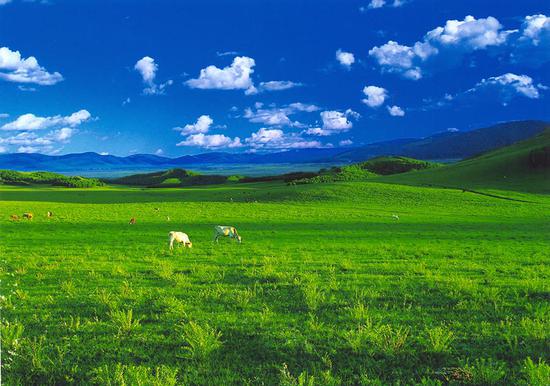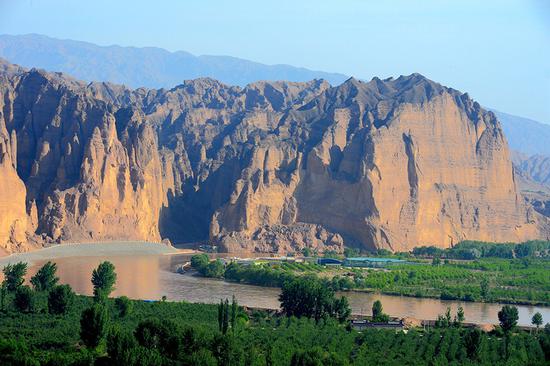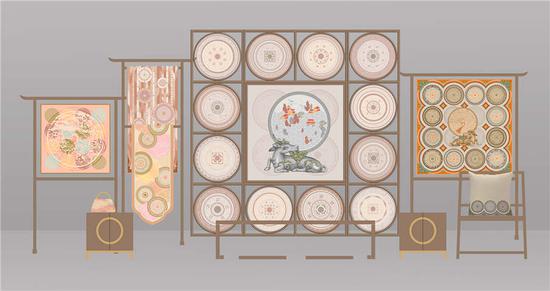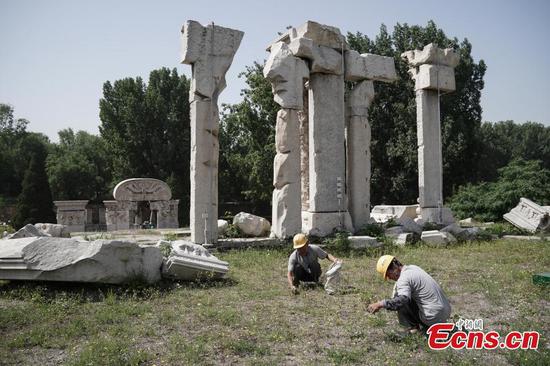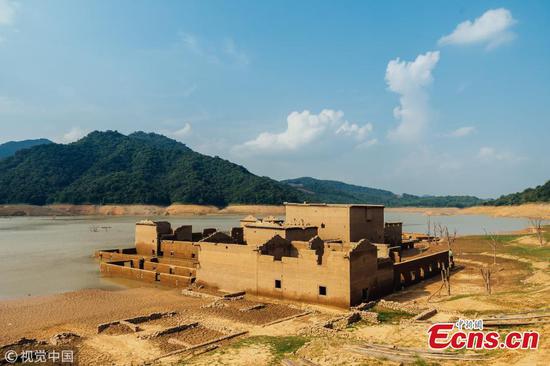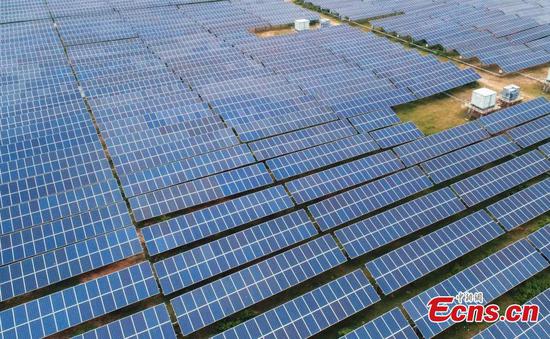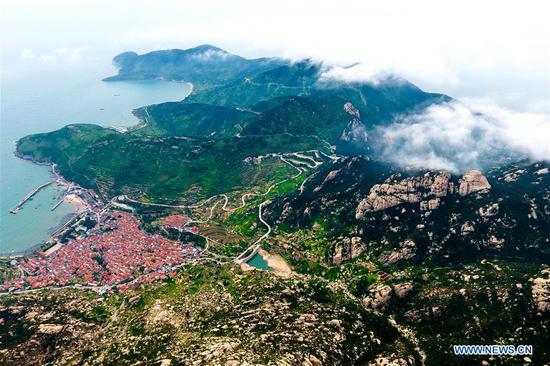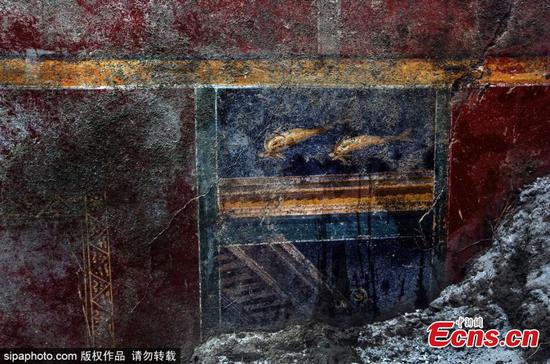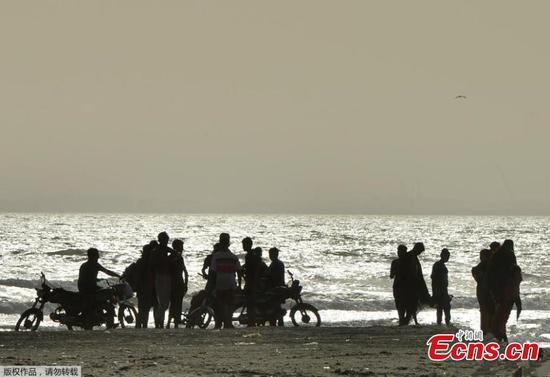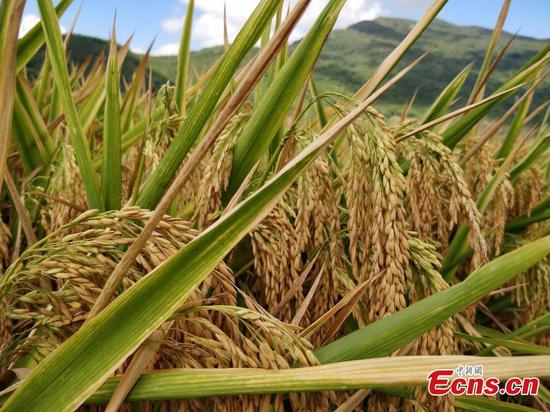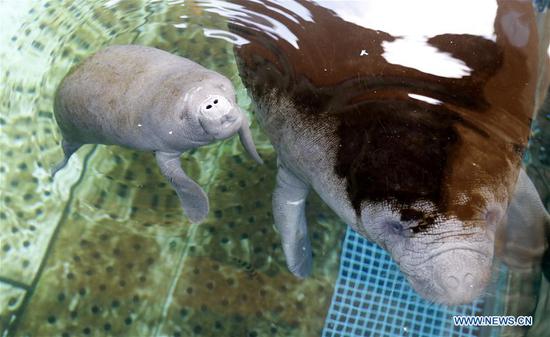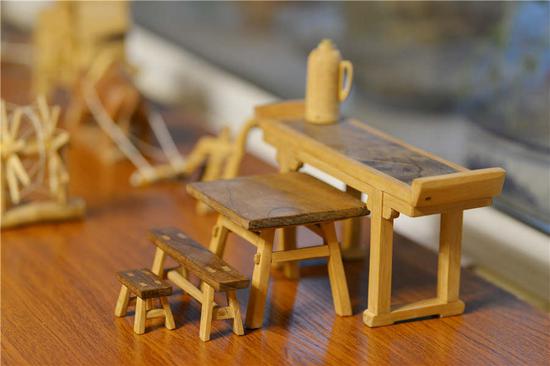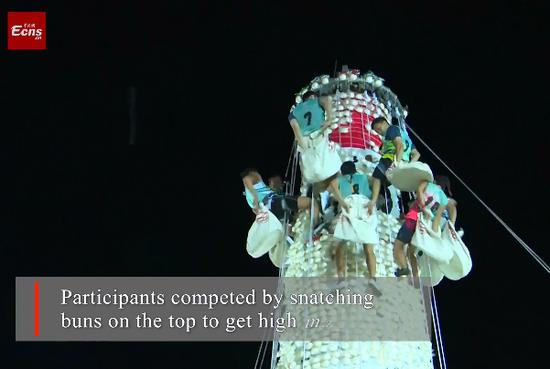U.S. scientists have found that strong El Nino events can cause remarkable ice loss in some Antarctic ice shelves while the opposite may occur during strong La Nina events, a new study revealed Monday.
The study, published in the journal Nature Geoscience, discovered that a strong El Nino event caused ice shelves in the Amundsen Sea sector of West Antarctica to gain mass at the surface and melt from below at the same time.
The change has led to a loss up to five times more ice from basal melting than what was gained from increased snowfall.
El Nino and La Nina, which are two distinct phases of the El Nino/Southern Oscillation (ENSO), are a naturally occurring phenomenon, where water temperatures in the tropical Pacific periodically oscillate between warmer than average during El Ninos and cooler during La Ninas.
The U.S. researchers examined 23 years of satellite data on the West Antarctic ice shelves and confirmed that ENSO impacts the shelves on an annual basis.
They found that a strong El Nino changes wind patterns in West Antarctica, which not only brings warm ocean waters to the ice shelves, resulting in the melting of the shelves from below, but also increases snowfall along the Amundsen Sea sector.
Over 23 years, the height of the ice shelves in the Amundsen Sea sector of Antarctic has dropped by 20 centimeters every year, and a total of five meters have lost because of the impact of ocean melting.
On the other hand, the events of El Nino during 1997 and 1998 increased the height of the ice shelves by over 25 centimeters.
However, if taking the density of snow into account, the researchers found that ice shelves have lost an approximately five times more ice by melting from below than they gained from new surface snowpack.
The various climate impact of ENSO on ice shelves can be used to assess longer-term changes in global climate and how the ice shelves around Antarctica are affected, said Laurie Padman, co-author of the study, who is an oceanographer of a non-profit research company based in Seattle, Washington state on the U.S. west coast.
The research, funded by the National Aeronautics and Space Administration (NASA) and the NASA Earth and Space Science Fellowship, was led by Fernando Paolo when he was a postdoc at the University of California San Diego. He is now a postdoctoral scholar at NASA's Jet Propulsion Laboratory.












